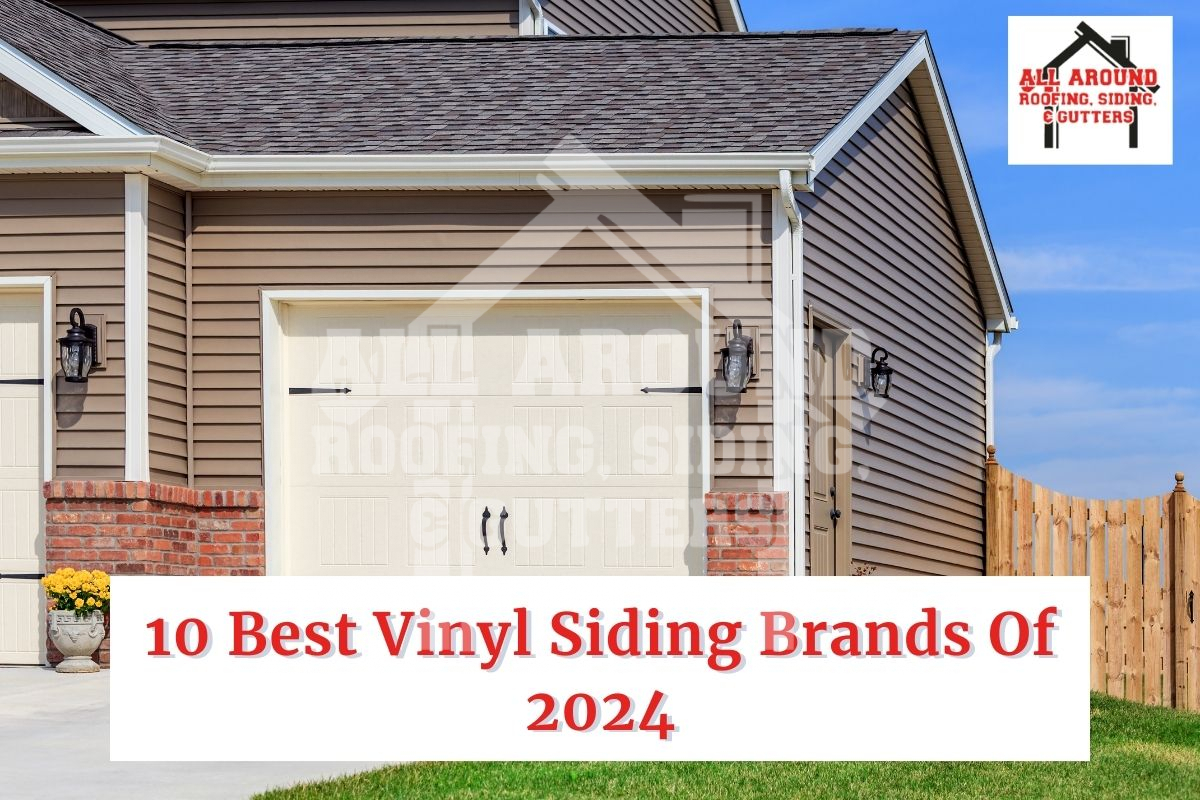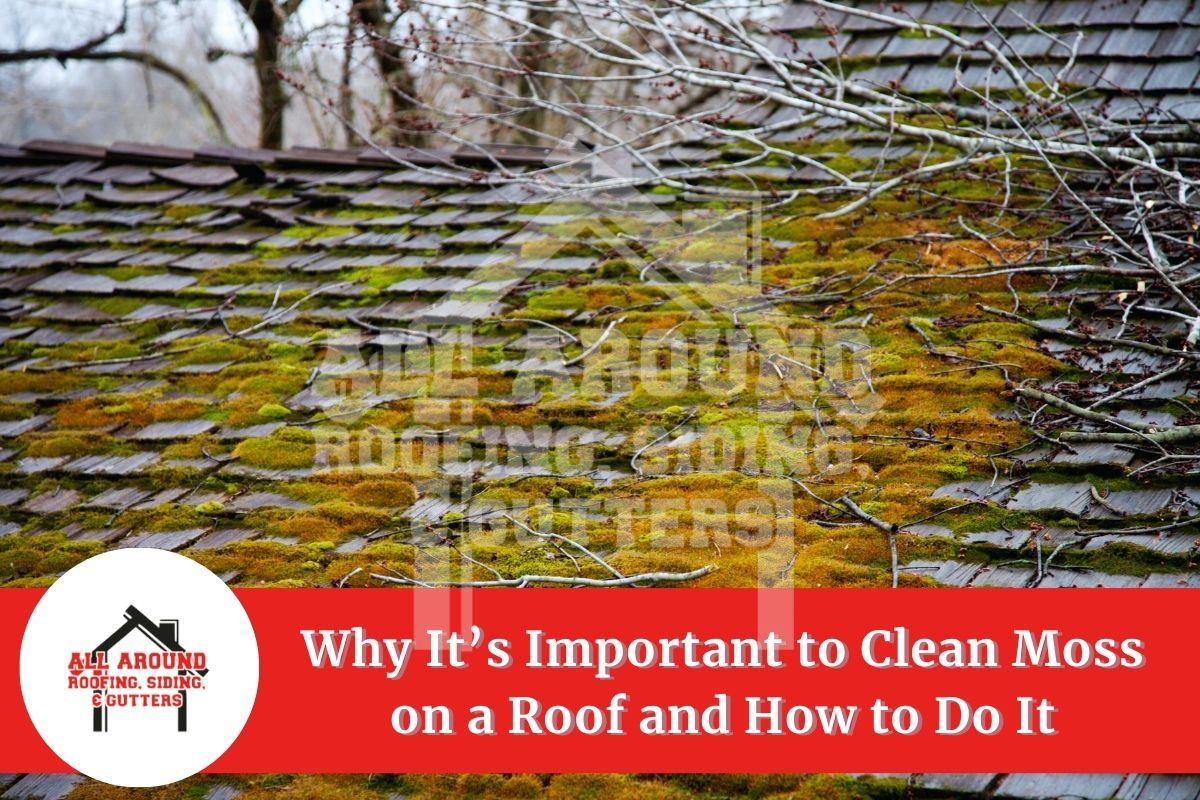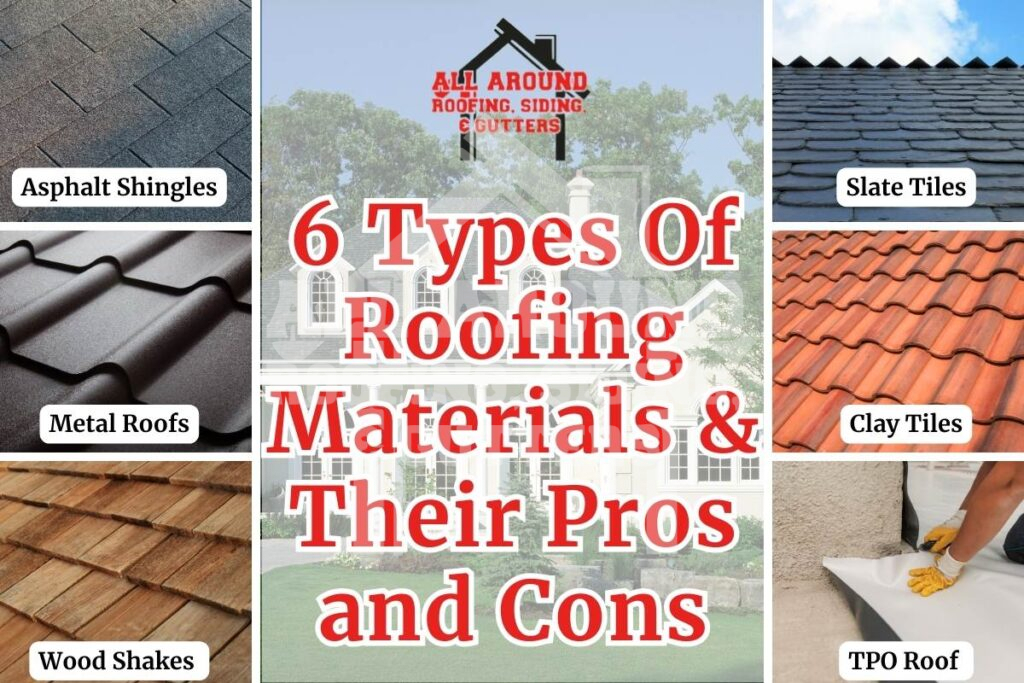
As a Dayton homeowner, choosing a roofing material is a big decision because it can affect your home or building’s longevity, appearance, and energy efficiency. With so many options available, it can be challenging to sort through them all and select the roofing material that best suits your needs.
That is why to help you out we will look at six popular roofing materials in this comprehensive blog post, outlining the pros and cons of each to help you make an informed decision for your home.
Different Types Of Roofing Materials For Ohio Homeowners
Globally, the roofing materials market exceeded $125 billion in 2022 and is thought to grow by 4% annually by 2032. This growth opens doors for homeowners to choose different roofing materials for their homes in order to suit their needs. Some common roofing materials are:
#1. Asphalt Shingles
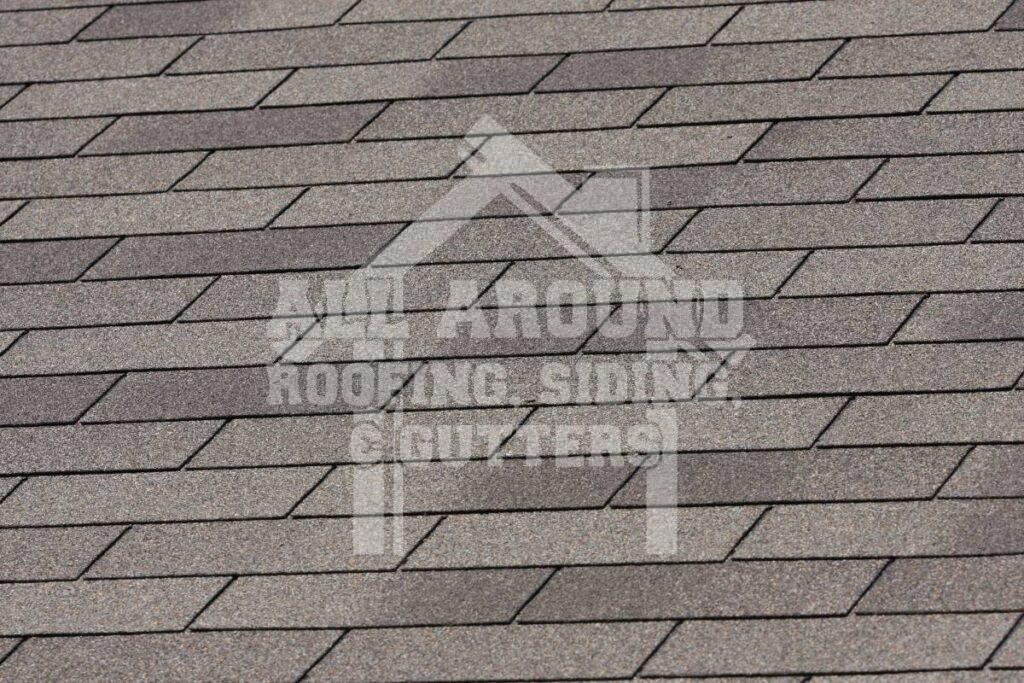
In Dayton, asphalt shingles are the most popular roofing material due to their low cost, great adaptability, and simple installation. They are made of mineral granules and a waterproof asphalt base mat and are available in various patterns and textures to complement different architectural styles.
When damaged, their lightweight construction and easy replacement process make them a favorite among homeowners, as they offer durability against weather elements and require minimal maintenance.
Pros
- Affordability: Cost-effective roofing option.
- Versatility: Available in various colors and styles.
- Ease of Installation: Simple and quick to install.
- Durability: Offers reliable protection, lasting 15 to 50 years.
- Customization: Mimics expensive materials at a lower cost.
Cons
- Vulnerability to Weather: Prone to storm damage.
- Shorter Lifespan: Generally shorter lifespan compared to clay or metal roofing materials.
- Maintenance Needs: Requires periodic maintenance for longevity.
#2. Metal Roofs
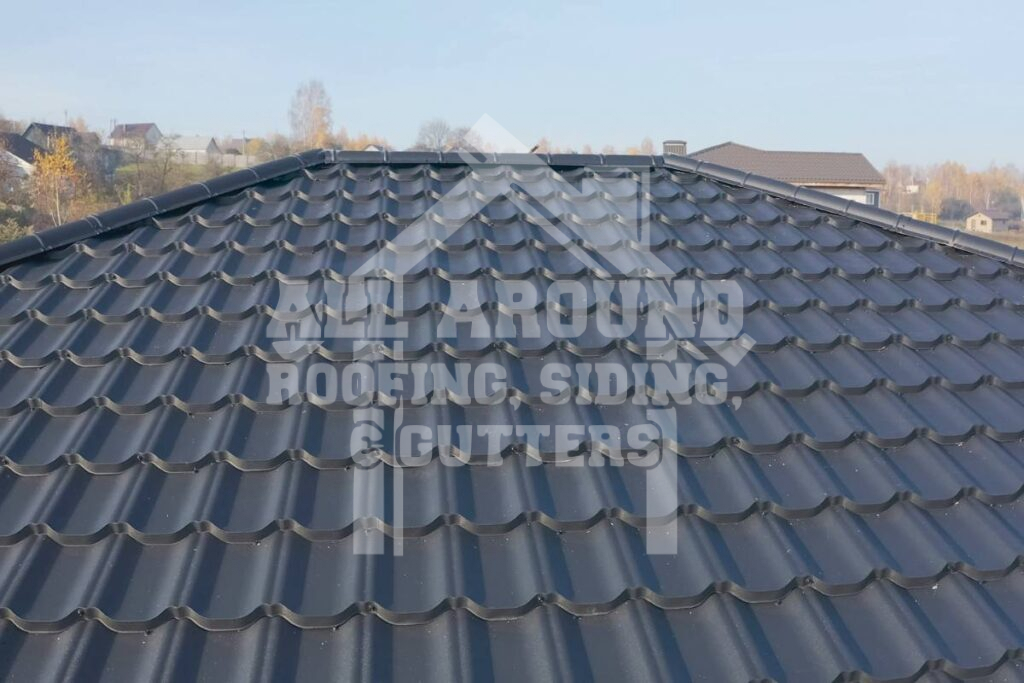
Made from metal roofing materials like galvanized steel, aluminum, copper, or tin, and installed using a variety of systems like vertical seams or pre-formed panels, metal roofing systems stand out as another sturdy and well-liked option for homeowners.
These roofs are incredibly durable and resilient, with a lifespan of 40 to 70 years, which is much longer than that of conventional asphalt shingles. They also tend to be able to withstand wind gusts of up to 140 mph and endure corrosion, cracking, and impacts.
Additionally, by reflecting UV and infrared light, they improve energy efficiency and can reduce cooling costs by 10 to 25%.
Pros
- Longevity: Lasts 40 to 70 years, longer than basic asphalt shingles.
- Durability: Withstands wind, corrosion, and impact.
- Energy Efficiency: Reflects sunlight, reducing cooling costs.
- Fire Resistance: Resistant to sparks and embers.
- Adaptability: Fits various roof designs.
Cons
- Cost: Can be more expensive than other materials such as asphalt shingles.
- Noise: May be noisier during heavy rain or hailstorms.
- Expansion and Contraction: Materials may expand and contract, causing issues with fasteners.
- Inconsistent Color Match: Difficult to find an exact color match for repairs or extensions.
- Slippery Surface: Hazardous when wet or covered in snow.
- Denting: Prone to dents due to large hail or falling branches.
#3. Slate Tiles
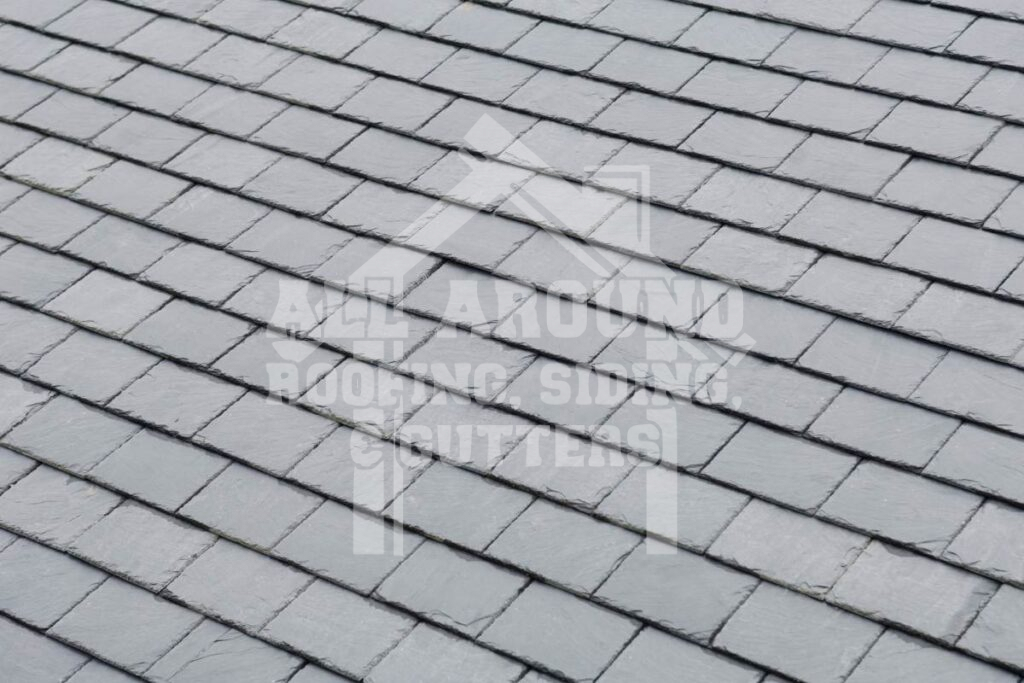
The next option is slate tiles, a premium system made from natural slate that offers a classic, elegant look with various colors, widths, and thicknesses. Ideal for historic properties, its stunning appearance compliments vintage aesthetics.
Notably, durable slate roofs can last over 100 years with proper maintenance, making them one of the longest-lasting roofing materials. They are highly resistant to impact damage, such as hail, and boast excellent weather resistance due to their low rate of water absorption.
Pros
- Longevity: Can last over 100 years or more with proper installation.
- Fire Resistance: Completely fireproof, ideal for wildfire-prone areas.
- Appearance: Timeless, elegant look available in various colors, sizes, and thicknesses.
- Durability: Withstands harsh weather, including high winds and hail.
- Low Maintenance: Requires minimal upkeep aside from occasional cleaning and repairs.
Cons
- High Cost: It’s one of the most expensive roofing materials, up to 5x higher than asphalt shingles.
- Heavy Weight: Very heavy, and may need additional structural reinforcement.
- Fragility: Can be easily damaged by foot traffic and impact.
- Specialized Installation: Requires experienced contractors, improper installation can affect performance and longevity.
- Repairs: Challenging and expensive, finding matching tiles can be difficult, especially for older roofs.
#4. Clay Tiles
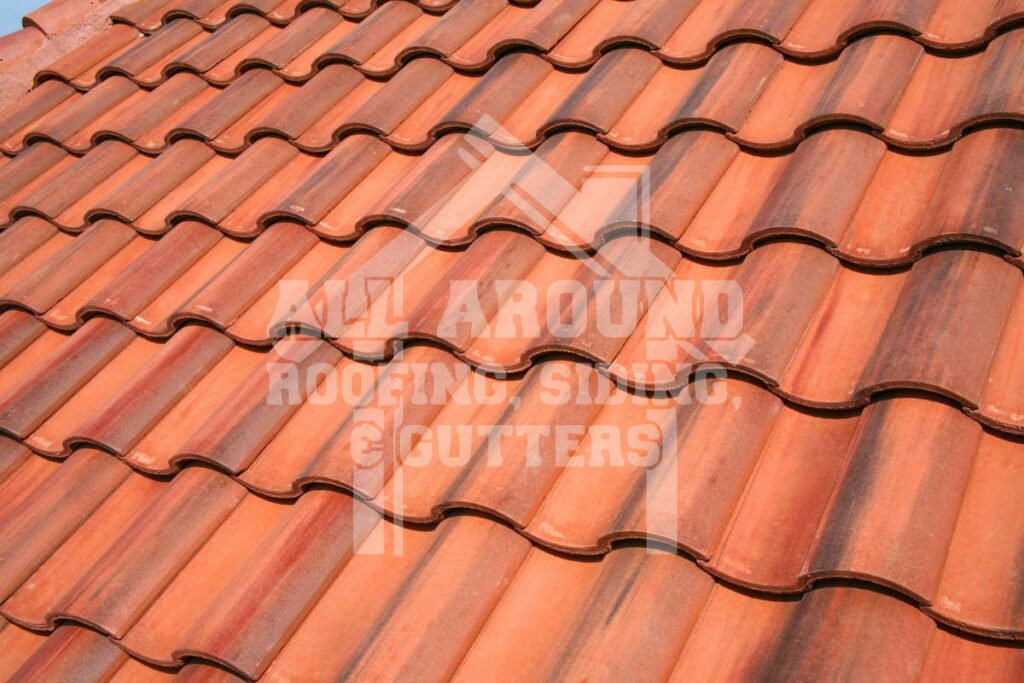
Clay roof tiles, made from natural clay or shale, are prized for their durability and aesthetic appeal. Available in various colors, especially terracotta, they have a low water absorption rate, are easy to handle and install, and resist rot, fire, and insects. Their design promotes air circulation, regulating rooftop temperatures and enhancing indoor comfort. Their pore structure also provides resistance to extreme weather, UV radiation, and frost damage.
Pros
- Durability: Can last over a century with proper maintenance.
- Low Maintenance: Requires less upkeep compared to other materials.
- Insulation: Provides good insulation, regulating rooftop temperatures.
- Weather Resistance: Withstands extreme weather conditions.
- Energy Efficiency: Helps lower heating and cooling costs.
Cons
- Cost: Expensive compared to asphalt shingles.
- Brittleness: Individual tiles can break easily during handling or installation.
- Weight: Heavy, may require roof structure reinforcement.
- Fragility: Prone to breakage from falling debris, requiring regular inspections.
- Underlayment Issues: Underlayment may need replacement every 20 years.
- Water Resistance: May require a waterproof underlayment due to less water resistance compared to other materials.
#5. Wood Shakes
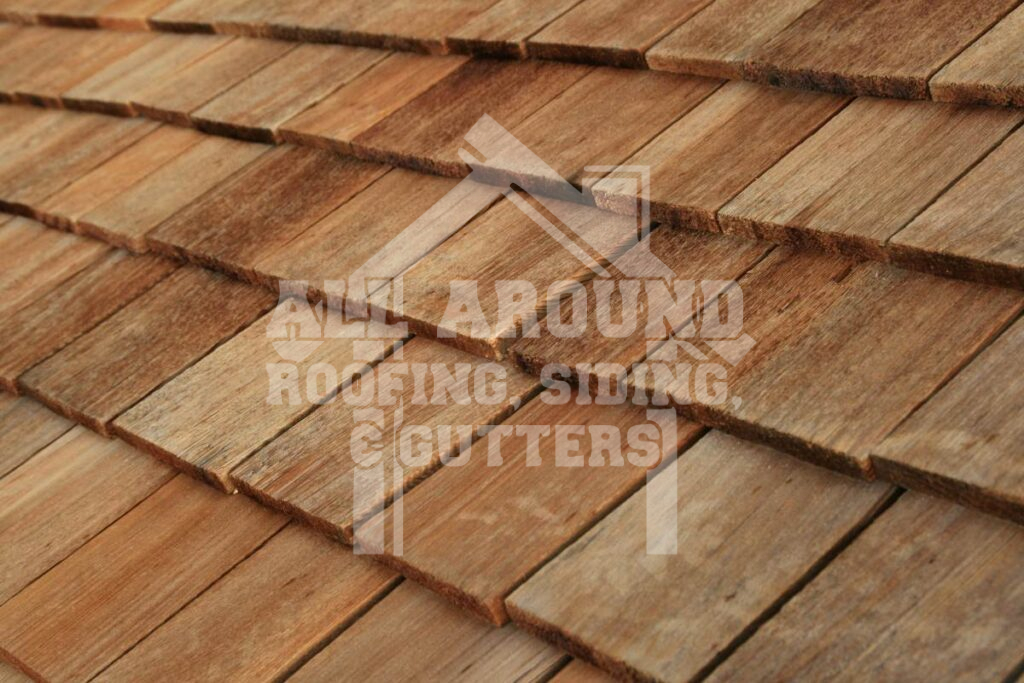
Wood shakes are classic choices for roofs that provide a nice appearance and decent longevity. They’re made from split logs, like cedar or pine, and each shingle is split by hand, giving it a unique look. The uneven shapes and thickness of the shingles make the roof seem rustic, adding character to any home.
Wood shakes have been around for a long time and are used for many different styles of homes. They have warm colors and a natural feel that also make homes feel cozy and inviting.
Pros
- Natural Beauty: Wood shakes age nicely, giving homes a cozy, rustic look.
- Affordable Option: They look good without breaking the bank.
- Good Insulation: Keeps homes comfy in all seasons.
- Tough Against Weather: They hold up well in the wind and keep pests away.
- Long-lasting: Cedar shakes are especially sturdy and resist damage.
Cons
- Needs Lots of Care: Regular upkeep is necessary to avoid problems.
- Fire Risk: Even treated wood can burn, especially in areas prone to wildfires.
- Mold Trouble: Moisture can lead to mold growth.
- Risk of Cracks: As time goes on, shakes might crack, causing leaks.
- Color Change: They might not keep their original color over time, which some homeowners won’t like.
#6. TPO
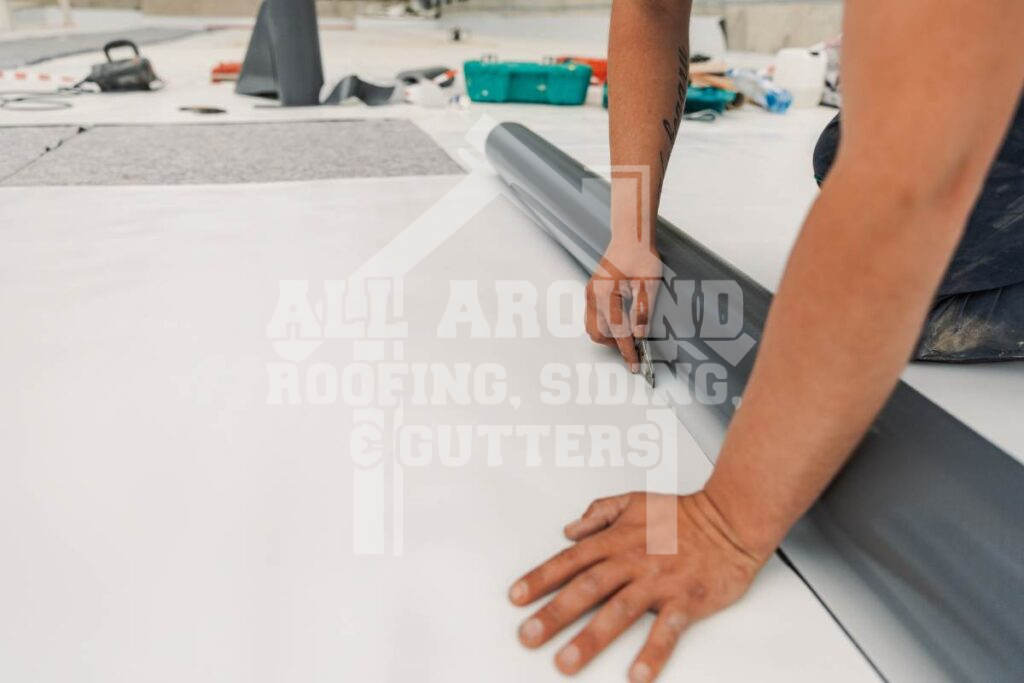
If you’re looking for a flat or commercial roofing option, TPO roofing systems are known for their durability and energy efficiency. TPO roofing membranes consist of a single layer of synthetic material and reinforcing scrim, which provides a reliable, waterproof barrier. These roofs are also versatile and can be installed using a variety of methods, including mechanically attached, fully adhered, or ballasted techniques.
Pros
- Longevity: TPO roofs can last around 20 to 30 years with proper maintenance.
- Energy Efficiency: The reflective surface reduces heat absorption, lowering energy costs.
- Low Maintenance: Minimal upkeep required.
- Flexibility: Suitable for various building types, including commercial and residential.
- Resistant to Mold and Algae: The smooth surface prevents the growth of mold and algae.
Cons
- Installation Complexity: Requires specialized skills and knowledge for proper installation.
- Contractor Availability: Can be challenging to find experienced installers.
- Vulnerability to Punctures: Susceptible to damage from foot traffic or sharp objects.
- Cost: Initial installation costs can be higher compared to some other roofing systems.
How to Choose the Right Type of Roof for Your Home
- Cost: Consider the upfront cost compared to long-term savings. For example, asphalt shingles are affordable initially but may need frequent replacement, while high-efficiency options like clay tiles need to be replaced less frequently.
- Durability: Choose materials with long lifespans and minimal maintenance.
- Maintenance: Opt for materials with low upkeep to save time and expense. Concrete tiles require less maintenance compared to wood.
- Climate Suitability: Evaluate materials based on how they perform in local weather conditions, considering sun exposure, rain, wind, and fire risk.
- Aesthetic Appeal: Select materials that complement your home’s architectural style and comply with community guidelines and local codes.
Innovative Trends in Roofing Materials
The roofing industry constantly evolves, with innovations making roofs smarter, stronger, and more eco-friendly. Two notable trends that have made their way in the industry are solar reflective coatings and advanced waterproofing technologies.
> Solar Reflective Coatings:
With energy efficiency in high demand, solar-reflective coatings have gained popularity. These coatings reflect sunlight, reducing heat absorption and maintaining cooler interiors. They not only decrease peak cooling demand by up to 15%, but also combat urban heat islands.
> Advancements in Waterproofing Technologies:
Traditional methods remain crucial, but newer waterproofing technologies offer game-changing benefits. Liquid membranes provide seamless protection, especially at vulnerable points like joints, providing added protection against water damage. Additionally, modern materials offer UV resistance and durability against harsh weather, significantly extending roof lifespan.
Need Help Finding The Right Roofing Material For Your Home? We Can Help!
Picking the right roofing material means considering durability, cost, maintenance, and appearance. If you’re having trouble selecting a roofing material for your home, or found the one that works for you, but you want help with installation, our experts are ready to help!
For quality roofing solutions, turn to All Around Roofing, Siding & Gutters. With expertise in material selection and installation, we enhance your home’s beauty and functionality. Trust us for exceptional roofing services, and give us a call today at (937) 902-2839.



